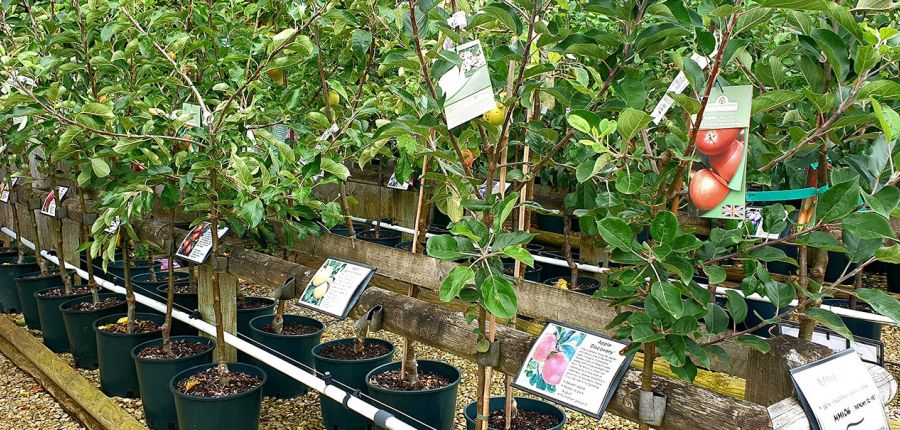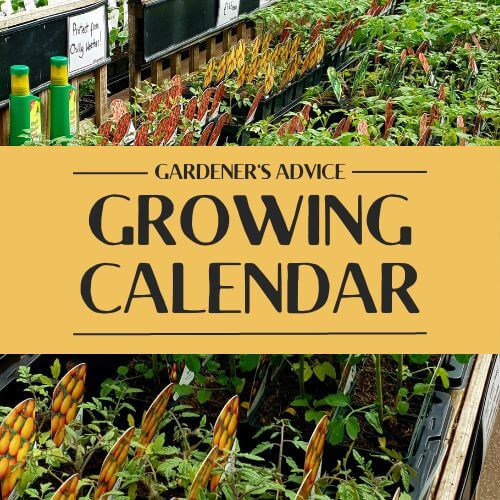Planting fruit trees
Posted By: rocket veg Category: Seasonal AdviceOctober marks the start of the optimum time to plant trees, so if you have ever yearned to pick your own apples and pears, plums and cherries, medlars or quince, now is the time to get going. Both fruit-bearing and ornamental trees are entering their dormant period, their leaves falling and sap flow slowing. In addition, the ground is well and truly moist after a very wet few weeks, so conditions are perfect to get newly planted trees off to a flying start.
How to plant a tree – the basics
Most varieties of fruit tree need to be in a reasonably sheltered, sunny location in order to thrive and produce good crops of fruit, so bear this in mind when choosing a suitable spot. A few varieties prefer a shadier place – Morello cherry (wonderful for cherry jam!) being a good example.
Start by giving the roots of the tree a thorough soaking and while this is happening, have fun digging a hole which should be twice as wide and deep as the root ball of the tree you are planting. Either add a good quantity of humus-rich compost to the base of the hole and sit the tree on this or use the turf which you have cut away if planting in a grassy place, setting it green side down at the bottom of the hole. Depth is important when planting a tree: if your chosen tree has been grown in a container, it should sit in the ground at the same level as in its pot; if you’ve bought a ‘bare-rooted’ sapling, look for a line on the bottom of the trunk which marks the soil level before the tree was lifted from where it began life and use this as a guide. Most fruit trees and many varieties of ornamental tree are grafted (see below) and it is very important that the point where the graft was made is not buried. Add or remove compost to get the level right and then take a good look at the tree from all angles until you are satisfied with its position – then backfill the hole with soil which you then need to firm around the roots of the tree by gently treading down with your boots. Regardless of how wet the soil is, give the tree another good soaking, then add a thick layer of mulch which will help to retain moisture and also deter weed growth while the tree becomes established.
A word on height and spread
Most fruit trees are ‘grafted’- the tree itself growing on a different rootstock, the purpose being to control the eventual growth of the tree. This is fairly technical stuff but the reason I mention it is to alert you before you set off to buy a tree. Many allotment sites specify the maximum height of fruit trees, so check before proceeding. If the tree is for your garden, again consider the chosen location and impact that a fully-grown tree will have in terms of shade, root spread and so on. If planting near a boundary, chat to your neighbours.
Other things to consider
Unless you are planting a fruit tree in an isolated location – in which case be sure to choose a self-pollinating variety - pollination is unlikely to be a problem, especially in urban gardens where there is likely to be a good variety of fruit trees in the vicinity. Like grafting, pollination is a complicated subject, so if in doubt, ask a member of staff at your local garden centre for their advice.







